The plainest English
/ If you're not already reading xkcd — the must-read sciencey thrice-weekly comic strip — then please give it a try. It's good for you. Check out this wonderful description of the Saturn V rocket, aka Up Goer Five, using only the 1000 most common words in English →
If you're not already reading xkcd — the must-read sciencey thrice-weekly comic strip — then please give it a try. It's good for you. Check out this wonderful description of the Saturn V rocket, aka Up Goer Five, using only the 1000 most common words in English →
This particular comic took on a life of its own last week, when Theo Sanderson built a clever online text editor that parses your words and highlights the verboten ones. Then, following the lead of @highlyanne, a hydrologist, scientists all over Twitter quickly started describing and sharing parsimonious descriptions of what they do. Anne and her partner in crime, @Allochthonous, then compiled a log of every description they could find. It's worth looking at, though it would take a while to read them all.
What's it like using only the simplest words? I tried to define a well...
A deep, round, empty space in the ground that is only about as wide as your hand. The empty space is very deep: up to about seven tens of hundreds of times as deep as a man is tall. It is full of water. After making the empty space, we can lower small computers into it. As we pull them out, the computers tell us things about the rocks they can 'see' — like how fast waves move through them, or how much water the rocks have in them.
It's quite hard. But refreshingly so. Here's reflection seismic...
We make a very loud, short sound on the land or in the water — like a cracking sound. The sound waves go down through the rocks under the ground. As they do so, some of them come back — just as waves come back from the side of a body of water when you throw in a small rock. We can listen to the sound waves that come back, and use a computer to help make a picture of what it looks like under the ground.
Is a world without jargon dumbed down, or opened up? What is it we do again?...
It is very hard to do this work. It takes a lot of money and a long time. The people that do it have to think hard about how to do it without hurting other people or the world we live in. We don't always manage to do it well, but we try to learn from the past so we can do better next time. Most people think we should stop, but if we did, the world would go dark, our homes would be cold (or hot), and people would not be able to go very far.
Check out Up Goer Six — Theo's new editor that colour codes each word according to just how common it is. Try it — what do you do for a living?
The image is licensed CC-BY-NC-2.5 by Randall Munroe at xkcd.com.


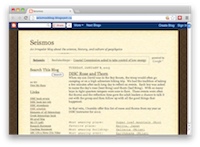

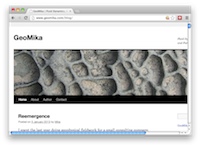
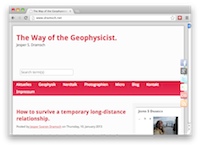
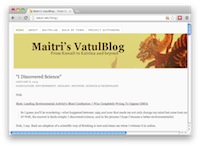

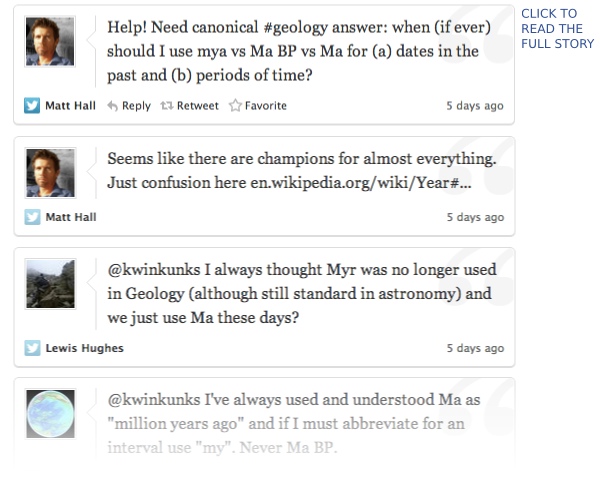
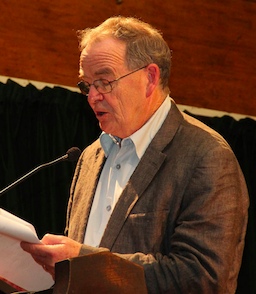

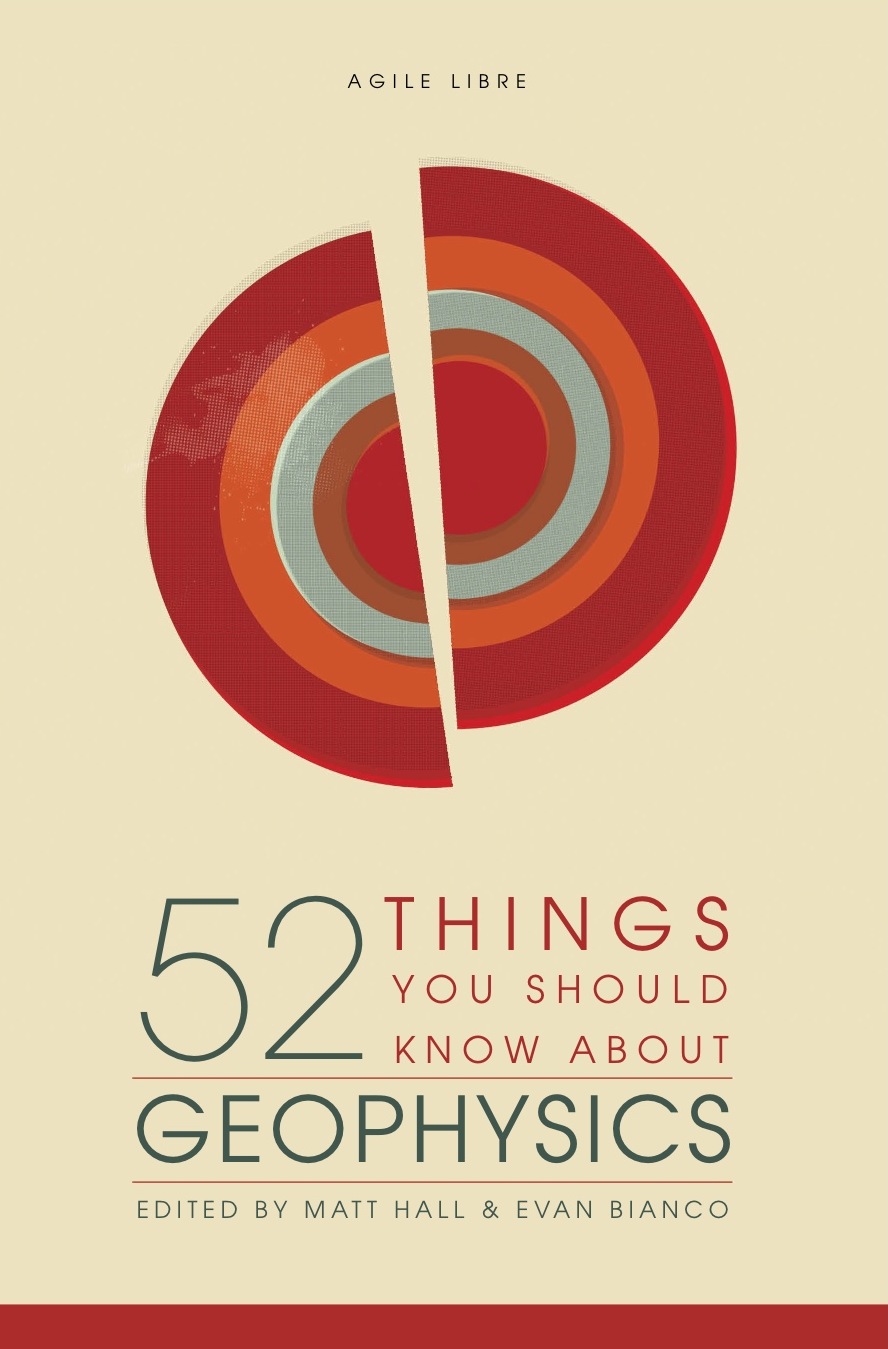
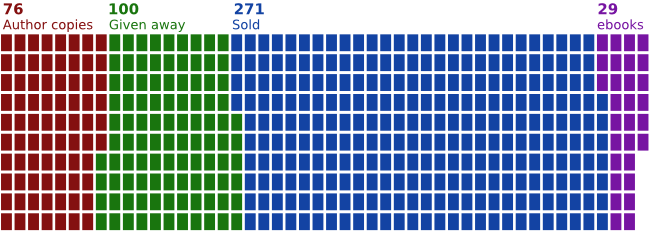



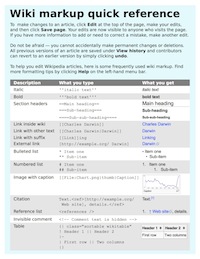






 Except where noted, this content is licensed
Except where noted, this content is licensed